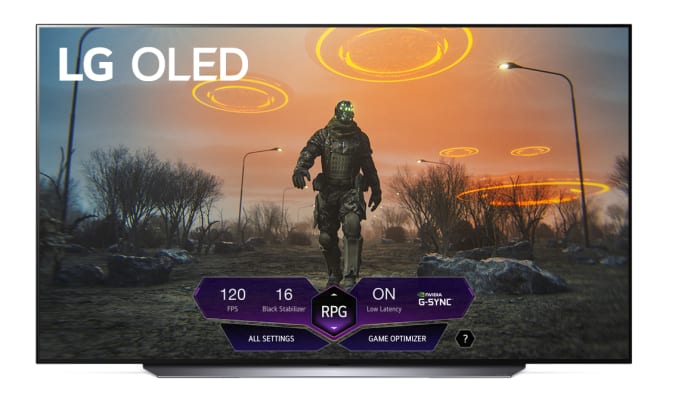LG’s Wing might be the most wild-looking smartphone in 2020 — which is saying something, given the wide array of phones released this year. But despite that unique design, after spending some time with the actual hardware and software, I suspect that LG might actually be onto something with its approach to the Wing.
The device seen here isn’t finalized hardware or software — expect a full review from The Verge later on — and LG hasn’t given a price or release date, which are big question marks for any device. But for what is definitely a first-generation device, I’m really impressed by the level of polish that LG has achieved with the Wing.
:no_upscale()/cdn.vox-cdn.com/uploads/chorus_asset/file/21890119/adiaconis_200917_4199_0021.0.jpg)
It’s surprisingly thin for a device that has a second screen — several family members I showed it to didn’t even realize that there was anything out of the ordinary at first glance. The swiveling hinge is fantastic. It slides open with a satisfying “snick” sound and flips shut with a crisp snap, everything just spring-loaded enough to feel effortless.
There have been plenty of foldable and dual-screen devices that have tried to iterate on adding extra screen space — including devices from LG — with bulky display cases or chunky hinges. The biggest achievement of the Wing might be that, until you swivel out that top screen, it just looks and feels like a regular smartphone, albeit a large one, given that it’s a 6.8-inch 20.5:9 display.
Flip out that screen, though, and everything changes. The main display switches to a scrolling list of favorite apps that’s reminiscent of Apple’s old Cover Flow UI, while the bottom display shows a watered-down version of the classic Android home screen. Apps can be launched on both displays, and there’s even the option to preset pairings with a single shortcut (say, to launch Google Maps on one screen and your music app on the other).
Apps effectively work in two ways on the Wing: either in an “extended mode” that splits the content of a single app across both displays or simply by running two apps side by side. The extended mode apps are where LG flexes the creativity of the Wing, with the second smaller display getting media control keys and brightness controls for the YouTube app, or showing camera controls while using the main display as a massive, uncluttered viewfinder, or, in perhaps the weirdest implementation, a note-taking app flips the phone upside down and uses the “main” display as a massive, full-sized keyboard while the smaller screen displays your typed text.
Running two apps side by side is closer to a normal use case for the Wing — at least, in comparison to other dual-screen devices. But LG has thought about how you’ll use those apps. You can hold the phone in the landscape orientation that LG has emphasized in most of its promotions. But you can also hold it in a more traditional portrait mode as well, with the secondary screen popping out of the side, which is almost more interesting as an idea for day-to-day use.
LG is also hyping up the new “gimbal mode,” which uses a dedicated ultrawide camera with a new “hexa motion” stabilization system. It’s a clever idea on paper, one that uses the second screen as a combination of a grip and for gimbal controls, but it’s one that we’ll have to spend a little more time with to judge. It’s a creative idea, if nothing else, something that can be said about most of the Wing.
:no_upscale()/cdn.vox-cdn.com/uploads/chorus_asset/file/21890117/adiaconis_200917_4199_0023.0.jpg)
I can’t say whether the LG Wing will be successful. There are still some software bugs to sort out, and with the price still unknown, it’s hard to say whether consumers or developers will be willing to take the risk on such an unproven design. But at the very least, LG has proven that it’s willing to experiment with what a phone can do and look like, and that’s a very encouraging thing to see.
The Link LonkSeptember 18, 2020 at 08:00PM
https://ift.tt/33ABEUm
LG Wing hands-on: first impressions of LG’s new dual-screen smartphone - The Verge
https://ift.tt/3eaxdmA
LG

No comments:
Post a Comment